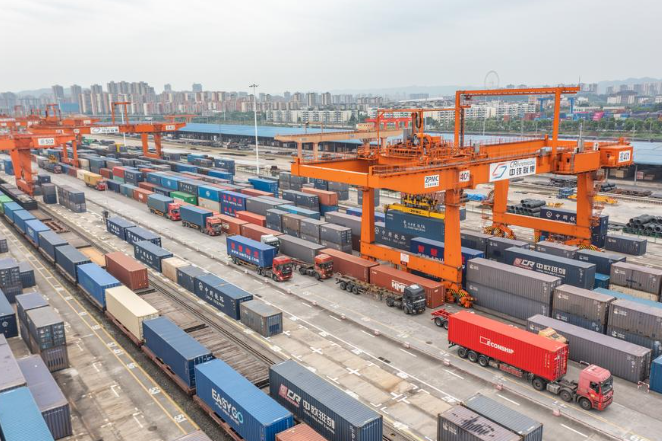Back in spotlight
Centuries-old multiethnic culture of Singapore's first 'crazy rich Asians' experiences revival


While Peranakan Chinese make up the majority of Peranakans in Singapore, other Peranakans include the Arab Peranakans and the Peranakan Indians.
For a few hundred years, Peranakan culture flourished in Singapore and Malaysia. The Peranakans in their heyday lived in large mansions filled with intricately carved rosewood furniture from China. Large family altars were the centerpieces of the front rooms of Peranakan houses, where it stretched from floor to ceiling, showcasing their wealth and status in society. Weddings were 12-day affairs, where elaborate rituals were performed and no expense was spared.
The intermarriages brought about a rich melding of cultures and traditions. The men, known as baba, were rich traders able to afford the beautiful furniture carved with exquisite detail by carpenters in China. The women, known as nyonya, were the head of the household and cooked food of mostly Malay origin, with its aromatic spices and spicy coconut-based broths.
Ng said the 1920s were the golden years for the Peranakans in Singapore when business boomed for the community. But soon after, the Great Depression and World War II came and the Peranakans lost their wealth during the war.
With the loss in ability to maintain their extravagant lifestyles, many of the Peranakan Chinese integrated with the wider Chinese community, and the culture flew under the radar for the next few decades.
Media influence
But Peranakan culture experienced a revival in the last 20 years, as popular television shows and films such as The Little Nyonya and Crazy Rich Asians helped to put Peranakan culture back in the spotlight.
At the same time, Peranakans in Singapore also wanted to explore more about their heritage, hence sparking a renewed interest in the culture.
Coincidentally, China's 2020 remake of The Little Nyonya, which was broadcast on China Central Television and the streaming platform iQIYI, introduced Peranakan culture to an even bigger Chinese audience, and this also helped propel visitor numbers at the Peranakan Mansion. Ng added that the museum has seen an "exponential increase" in visitors in the last three years.
Ng said about 40 to 50 percent of the museum's visitors are Chinese tourists, and European tourists make up the second-largest group of visitors at around 30 to 40 percent.
Part of the bump in Chinese tourist numbers at the Peranakan Mansion can also be attributed to social media. The museum is one of the stops on social media influencer tours organized by the Singapore Tourism Board, as part of its aim to promote Peranakan culture as a unique experience for tourists.
"The response from the (Chinese) influencers are fantastic. They bring their families along, and they have camera assistants to help them. Some individuals also come on their own (not with the Singapore Tourism Board)," Ng said.
"Xiaohongshu (RedNote) and Dianping have also helped in the increase in visitor numbers. More and more Chinese tourists make it a point in their itinerary to daka (a phenomenon of posting photos or videos on social media at popular sites), as they want to experience Peranakan culture."

































